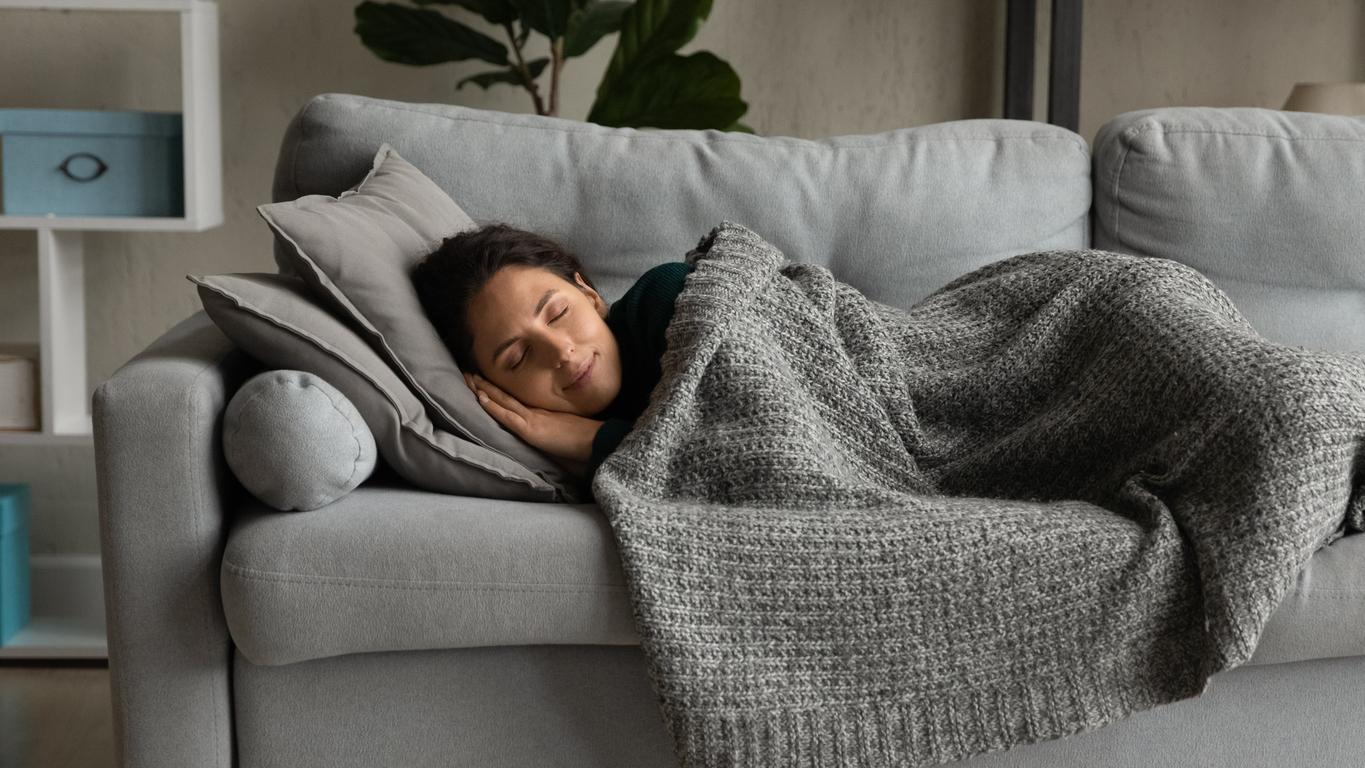
Tips for the perfect power nap
An afternoon nap is healthy. To dream away is to recover, if you do your beauty sleep in the right way. A good nap is refreshing and invigorating and doesn’t have to last long at all. From coffee cup to snooze button: this way you can make optimal use of your power nap.
Taking a break during the day has many benefits. An afternoon nap is not a substitute for a good night’s sleep, but a nice extra. If you’re sitting behind your desk with your hands in your hair again, a power nap offers the solution. Get out of your dip! Twenty minutes of napping provides new insights, peace of mind and a lot of inspiration.
Time of day
An afternoon nap is not called an afternoon nap for nothing: if you doze off in the morning, it is of little use. The night has just ended and if you go back to bed right after getting up, you won’t be able to get out. According to psychologist Ron Friedman you are most productive during the first three hours of your working day: you should therefore make use of these hours.
Closing your eyes in the late afternoon hours will disrupt your sleep. You make it very difficult for yourself to fall asleep at night.
The ideal time for an afternoon nap is around one or two o’clock. This is also apparent from a study by The University of Manchester. The scientists showed that working after lunch makes no sense at all. The glucose in the food would cause the brain cells to stop producing orexin, a signaling hormone that keeps us awake. So it may be true that you feel a little sleepy after lunch. Perfect timing to take a nap.
Length
A 20 minute nap is enough for most people. This period is sufficient to create rest and then wake up refreshed and energetic. You sleep in different phases. The first stage is the time span in which you fall asleep. In the second phase, your body comes to rest, but you do not sleep very deeply yet. It is best to wake up in this light sleep phase. If you sleep longer, you enter the deep sleep phase. Waking up is very annoying: you feel drowsy, sluggish and more tired than before you went to sleep.
Set the timer to 90 minutes if you have a little more time and can therefore stay in bed a little longer. After 90 minutes you have gone through all sleep phases and you have gone through the entire sleep cycle.
Frequency
It may be difficult to fall asleep at first. After all, napping during the day is not yet in your rhythm. Your body needs seven days to get used to a daily power nap. If you are used to a nap, the quality is better. You fall asleep faster and the proper functioning comes into its own. Taking an occasional afternoon nap will only mess up your natural sleep-wake rhythm, according to Professor Maas of Cornell University.
Tips
- Drink a cup of coffee before your afternoon nap. The caffeine in the coffee fights adenosine, a chemical in your brain that makes you tired. Sleep also reduces this substance. The caffeine kicks in after twenty to thirty minutes. When you wake up after twenty minutes, you’re completely revived. A double boost!
- Before you close your eyes, set an alarm. This prevents you from sleeping for more than twenty minutes and from entering the deep sleep phase. If you know you won’t fall asleep right away, you can also set your alarm to go off after 25 minutes.
- Eat a small amount of these sleep inducers before going to sleep:
- cherries: contains tryptophan, an amino acid that affects your sleep
- almonds: help your muscles to relax slightly
- pumpkin or sunflower seeds: rich in tryptophan
- banana: contains melatonin
- Drink a glass of (warm) milk or a cup of chamomile tea. Dairy products contain calcium, which promotes restful sleep. Chamomile has a relaxing effect.
- Turn off your mobile and make sure you cannot be disturbed.
- When you sleep, your body cools down. You avoid waking up to cold and cold by lying under a blanket.
- Wash your face with a splash of cold water after your power nap. This ensures that you are immediately awake.

















